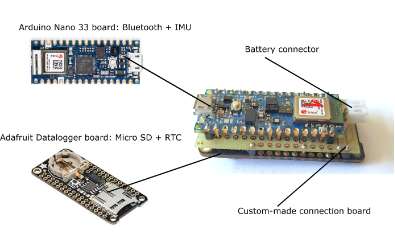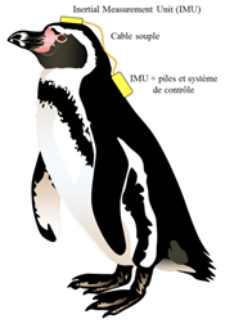Physical Coordination in Animals
Understanding animal behavior – what it does, where and when – is crucial for behavioral ecology, which governs interactions between species within the food chain (including humans), interactions among individuals within a population, interactions between individuals and their physical environment, and ultimately influences animals’ physical condition and population dynamics. However, monitoring animal behavior is challenging. Animals can go unnoticed, some behaviors occur only at night or are very brief... Direct visual observation of behavior often provides only limited and biased information. This has led to the search for new tools to remotely monitor species behavior. Tools such as motion-activated camera traps have facilitated the acquisition of new data. However, no tool has yielded as much novel and unexpected information on animal behavior as those grouped under the term “biologging” – referring to data loggers deployed directly on the animal.
The miniaturized, autonomous, ultra-lightweight logger developed within the TERRA FORMA project builds on instrumentation research conducted at ISM, which led to the design of several prototypes. The aim is to integrate into this logger all the necessary sensors (gyroscopes, accelerometers, magnetic compass) to estimate the simultaneous rotation of various parts of an animal’s body. All data will be stored onboard. The devices will be remotely triggered via low-power Bluetooth and LoRa wireless communication. A particular effort will be made to develop a logger as small (25 x 25 x 5 mm) and lightweight (3 g) as possible, while ensuring adequate shock resistance and waterproofing.
This logger can be used to record head movements relative to the body that occur during flight, walking, or swimming, providing insights into the animal’s activities. For instance, during hunting, head movements relative to the body allow a predator to lock its gaze on prey. The addition of the LoRa communication system will enable fine-scale and long-term monitoring of species of various sizes, contributing to fields such as conservation biology, landscape connectivity, the eco-ethology of invasive species, or human-wildlife conflict studies.
Theme : Biodiversity


Updated on 24 juin 2025



